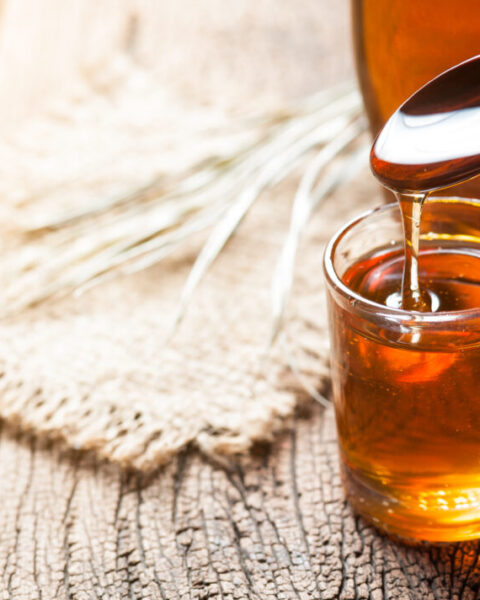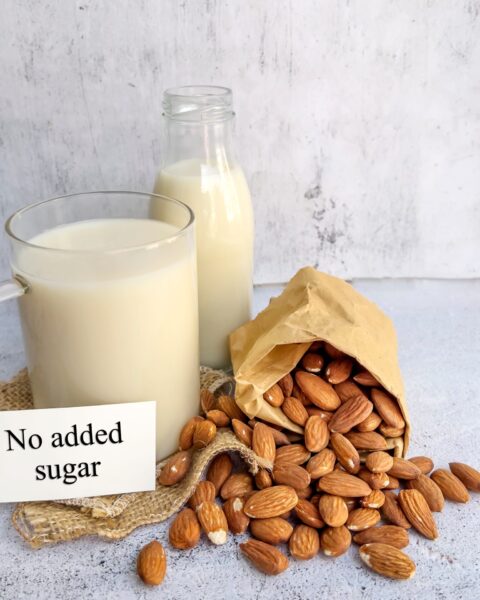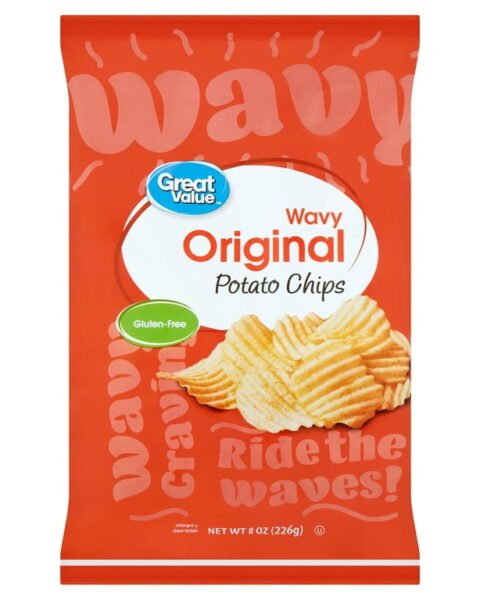We’ve all seen certain foods praised as nutritional must-haves, but are they really worth the hype? Some of the most popular “superfoods” might not be as loaded with nutrients as they claim. It’s time to take a closer look at which of these trendy foods are overrated when it comes to delivering the health benefits you’re expecting.
Contents
- 1 Quinoa
- 2 Acai Berries
- 3 Kale
- 4 Coconut Oil
- 5 Chia Seeds
- 6 Goji Berries
- 7 Agave Syrup
- 8 Matcha
- 9 Almonds
- 10 Spirulina
- 11 Avocado
- 12 Pomegranate
- 13 Acorn Squash
- 14 Turmeric
- 15 Wheatgrass
- 16 Blue Corn
- 17 More From RetailShout
- 18 15 Trader Joe’s Pasta Recipes That Feel Fancy But Are Easy to Make
- 19 15 Superfood Powders to Add to Your Smoothies
Quinoa
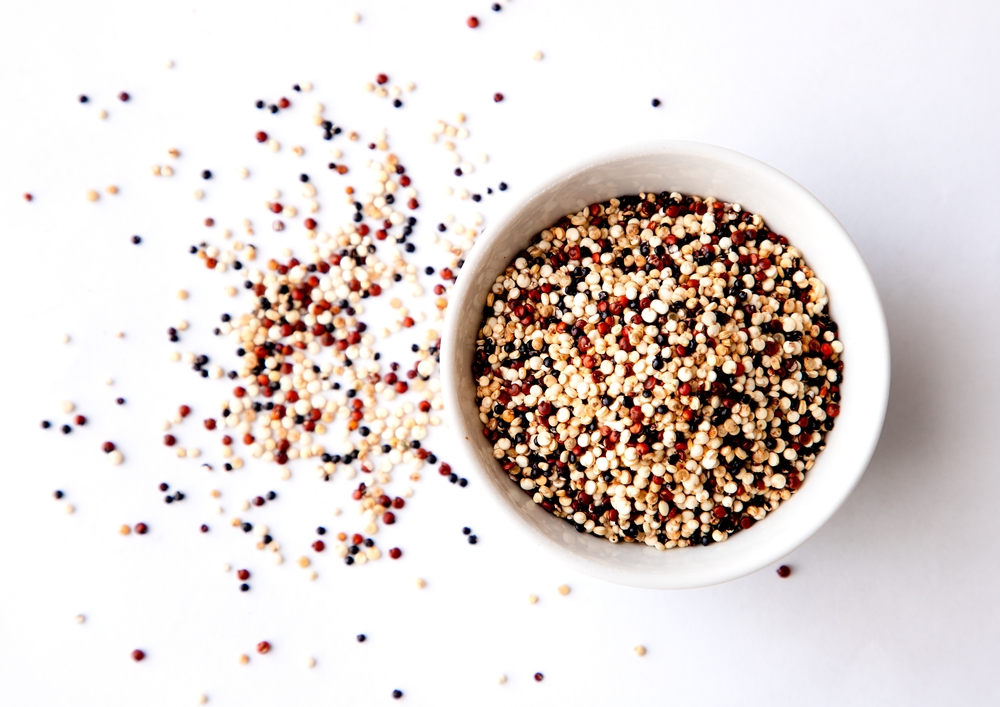
Quinoa is often hailed as a superfood because of its high protein and fiber content. However, compared to other whole grains like farro or bulgur, it doesn’t offer significantly more nutrients. While it contains all nine essential amino acids, the levels of these nutrients are relatively low. It’s also not particularly high in vitamins and minerals when compared to leafy greens or other vegetables. For a grain that provides better overall nutrition, you might consider switching to barley or even buckwheat.
Acai Berries
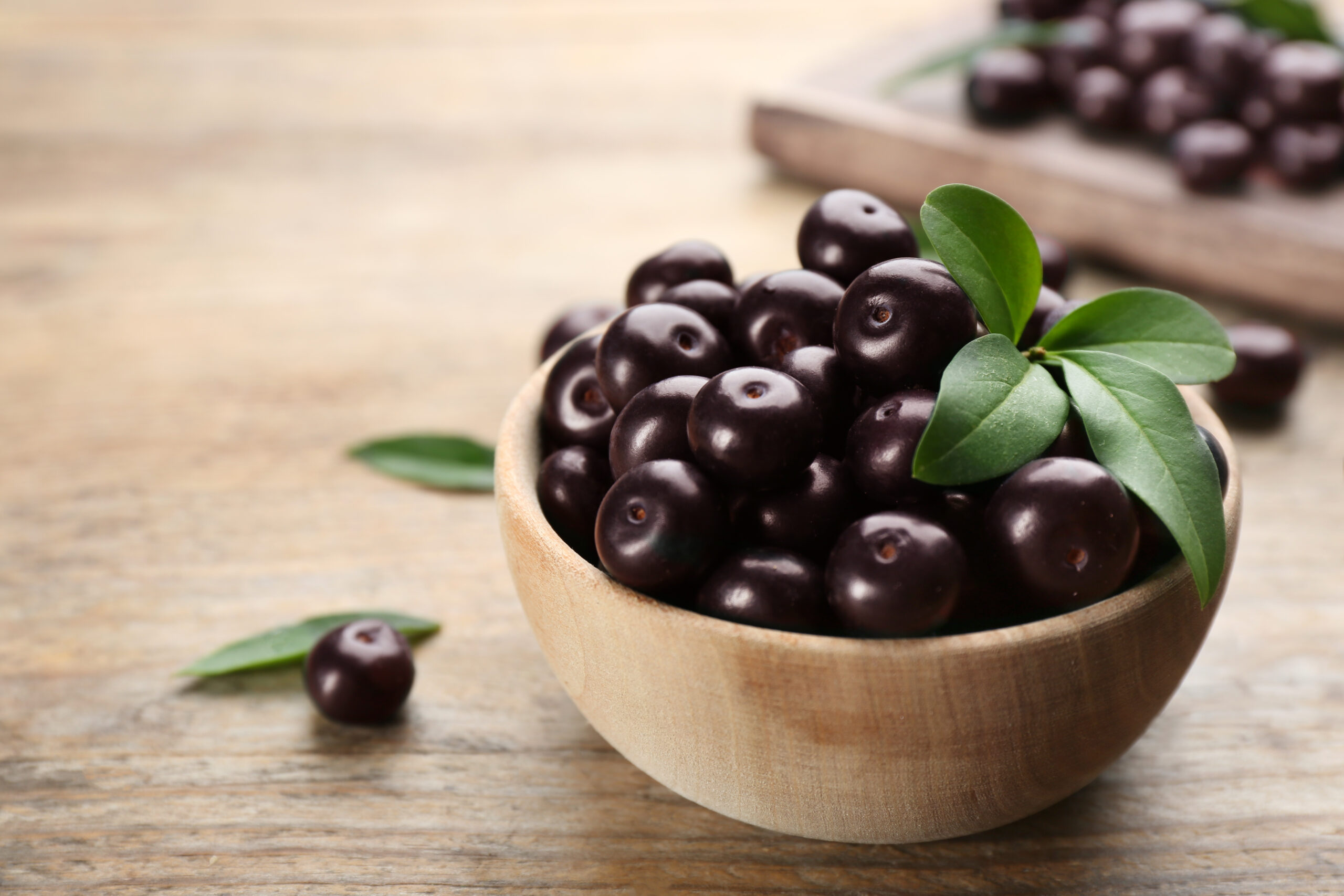
Acai berries became famous for their antioxidant properties, particularly anthocyanins. While they do offer some health benefits, they’re not as nutrient-packed as more common fruits like blueberries or raspberries. In fact, much of the acai available commercially is processed, often stripping away the fiber and nutrients. The high sugar content in acai bowls can also outweigh the benefits of the berries themselves. Fresh, local fruits often provide more accessible and affordable nutrition.
Kale
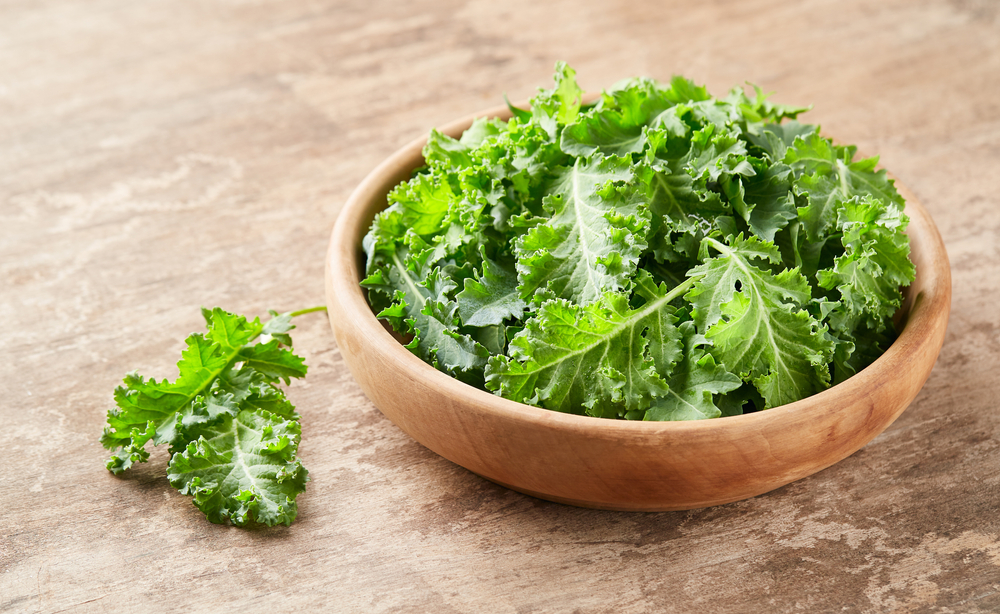
Kale enjoys its reputation as a nutrient powerhouse, but not all varieties are as beneficial as you think. When compared to other dark leafy greens like spinach or Swiss chard, kale has a similar nutrient profile without offering significantly more benefits. Additionally, kale contains oxalates, which can hinder calcium absorption and may contribute to kidney stones in some individuals. Spinach and arugula can provide comparable nutrients without the potential downsides. Variety in your greens can ensure you’re getting a better range of nutrients.
Coconut Oil
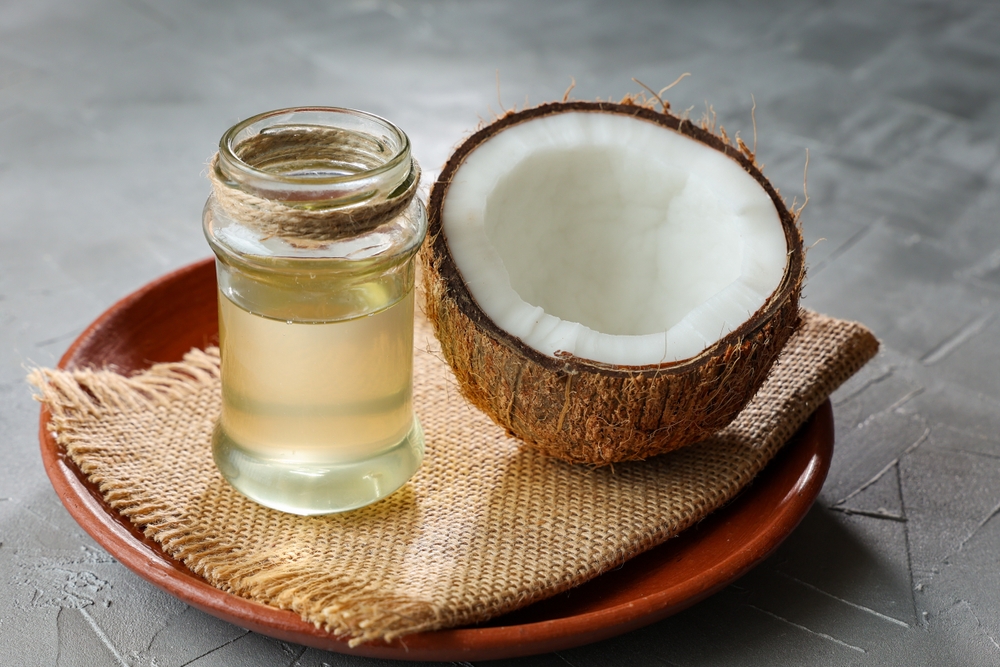
Coconut oil is often marketed as a miracle superfood for weight loss and heart health. However, it’s extremely high in saturated fats, which can raise bad cholesterol levels. Despite claims that it’s good for heart health, research shows that other oils like olive oil or avocado oil offer better heart-healthy fats. Coconut oil may have a place in moderation, but relying on it for all your cooking could negate other health efforts. Stick to oils with unsaturated fats for better long-term benefits.
Chia Seeds
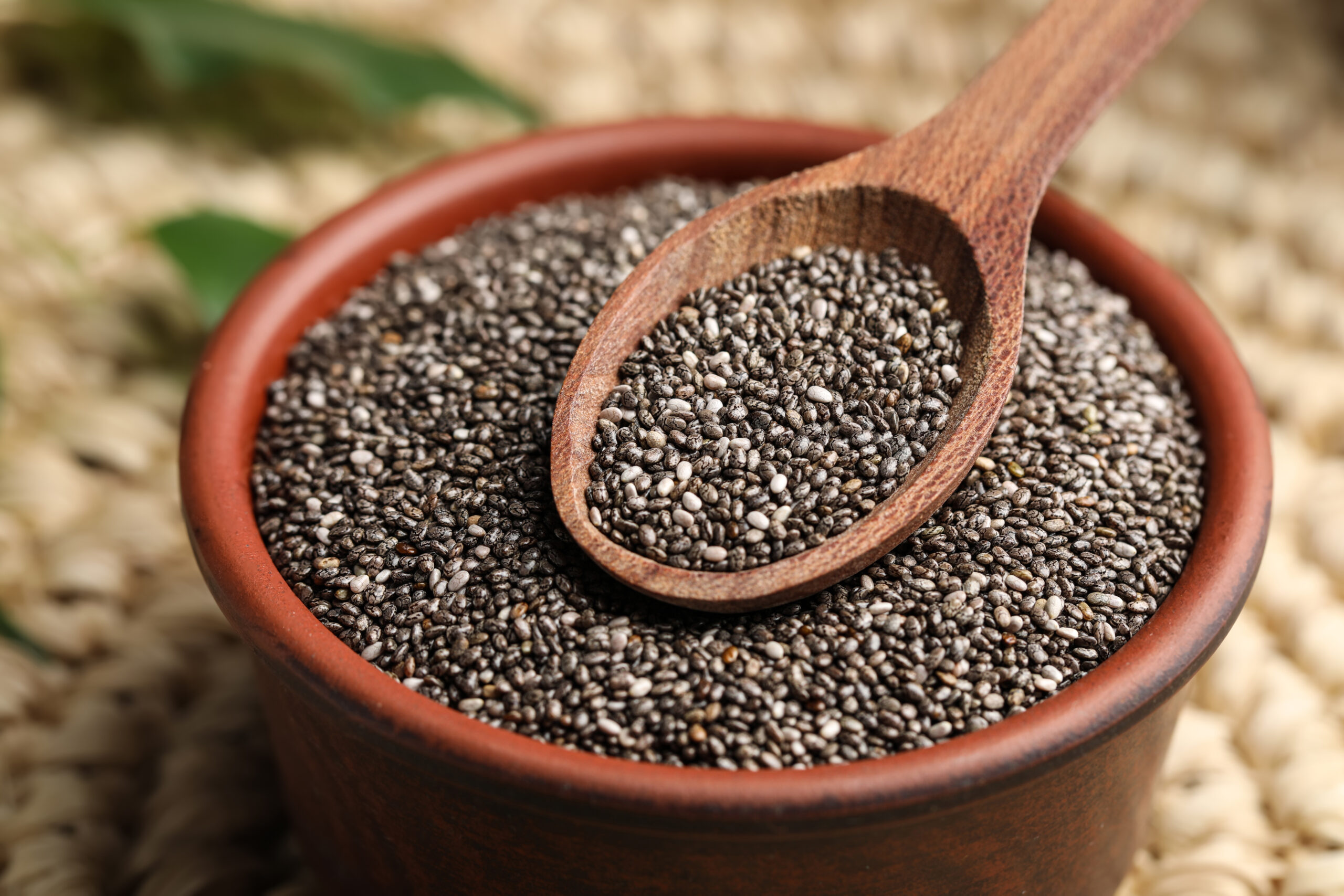
Chia seeds are praised for their fiber, omega-3 content, and ability to thicken smoothies. While they are a good source of fiber, their omega-3 fatty acids are less effective than those found in fish or algae. Additionally, you would need to consume an unrealistic amount of chia seeds daily to meet your omega-3 needs. Other seeds, like flax or hemp, offer more bioavailable omega-3s. Eating a wide range of seeds and nuts may be a better strategy for balanced nutrition.
Goji Berries
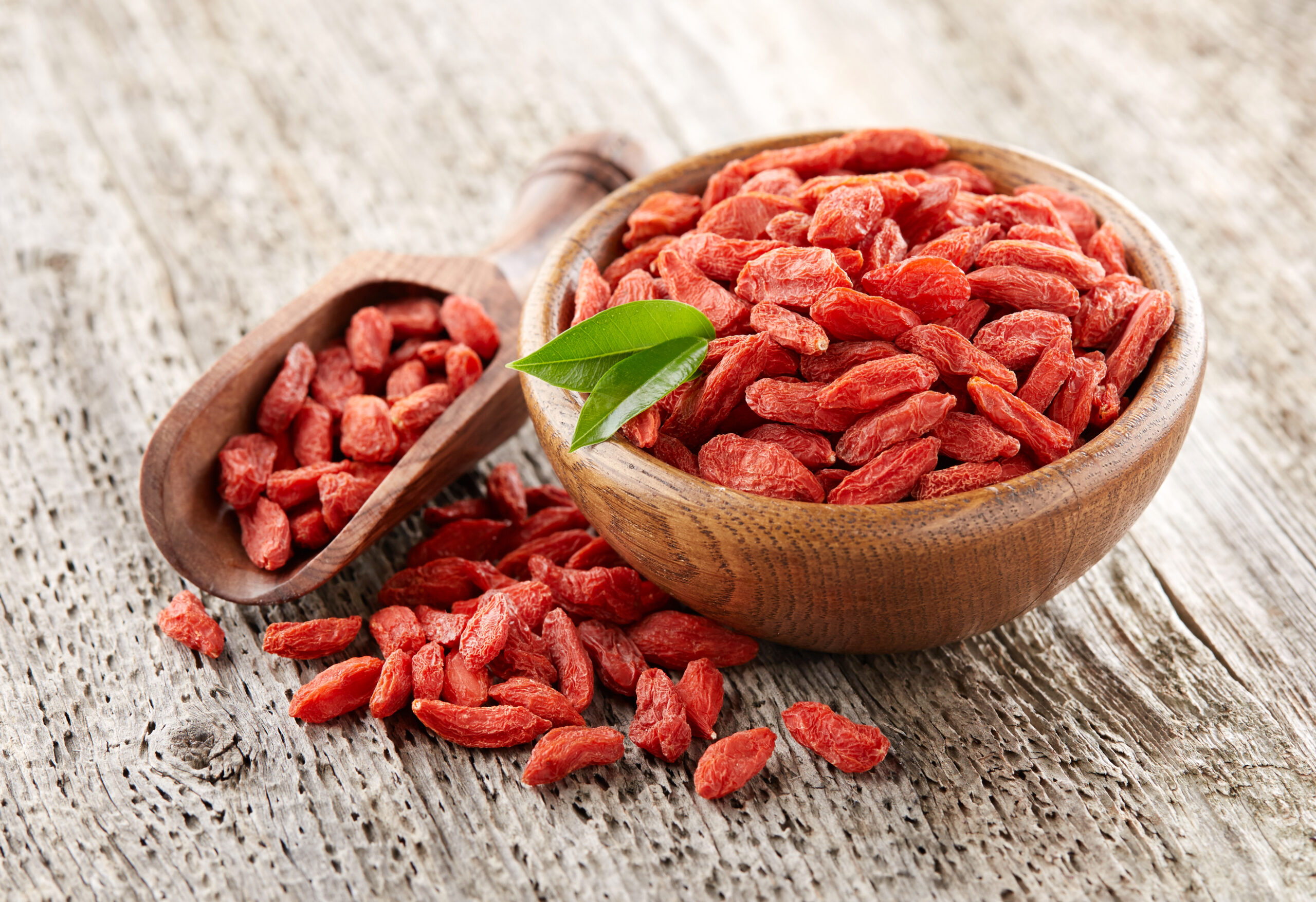
Goji berries have been labeled a superfood due to their high levels of vitamin C and antioxidants. However, when dried, goji berries are high in sugar, which can diminish their health benefits. Fresh berries, like strawberries or blackberries, often contain higher levels of antioxidants without the added sugar. Additionally, goji berries can be expensive, and their nutrient content isn’t significantly higher than other more affordable berries. For most people, local fruits provide a better nutritional punch.
Agave Syrup

Agave syrup is frequently promoted as a healthier alternative to sugar because of its low glycemic index. However, it’s packed with fructose, which can be worse for your liver than regular sugar when consumed in large amounts. The body processes fructose differently than glucose, leading to fat buildup in the liver. Honey or pure maple syrup might offer more nutritional benefits, but even these should be consumed in moderation. It’s always best to limit added sugars, no matter the source.
Matcha
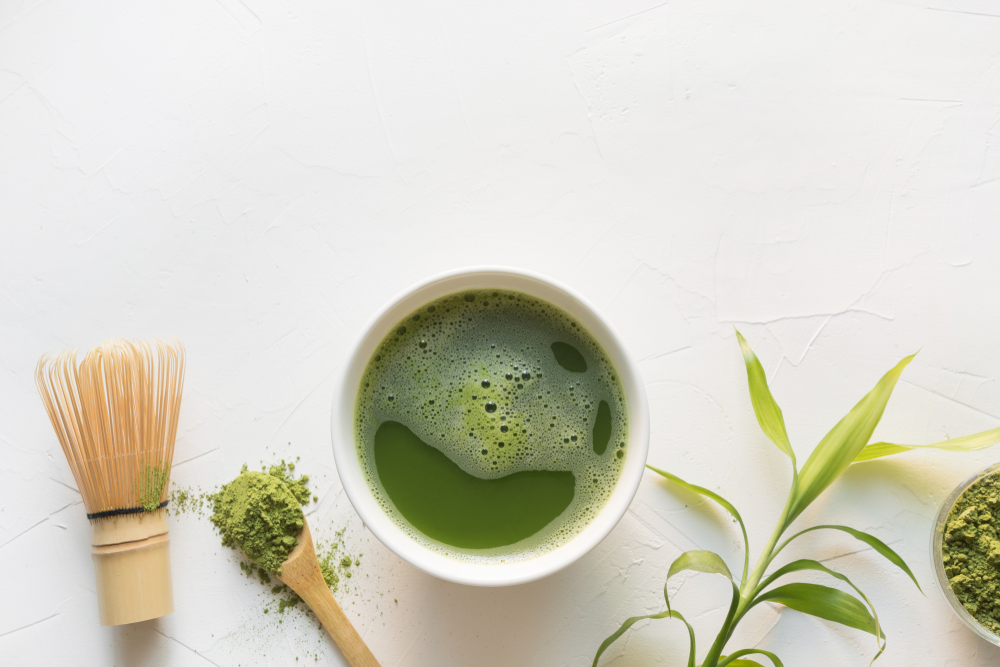
Matcha is known for its high antioxidant levels, particularly catechins, and its ability to boost energy without the crash of coffee. However, most people don’t consume matcha in quantities that would provide these significant health benefits. A cup or two of matcha tea contains fewer antioxidants than a serving of fruits like berries or grapes. The benefits also diminish when matcha is used in sugar-laden drinks or desserts. It’s still a healthy option but not the miracle cure some claim it to be.
Almonds
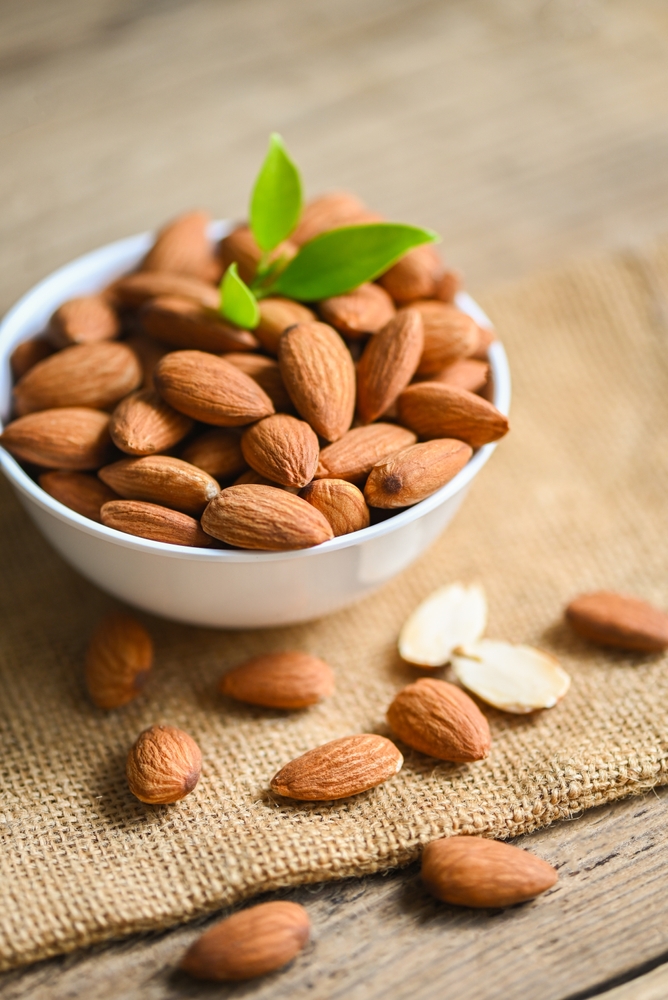
Almonds are a popular superfood due to their healthy fats, fiber, and protein content. While they do offer nutritional benefits, they are also calorie-dense, and it’s easy to consume too many. Eating large quantities of almonds can lead to excessive calorie intake, negating any health benefits. Other nuts, like walnuts or pistachios, offer similar benefits with better omega-3 fatty acid profiles. Rotating between different types of nuts may be a smarter choice for well-rounded nutrition.
Spirulina
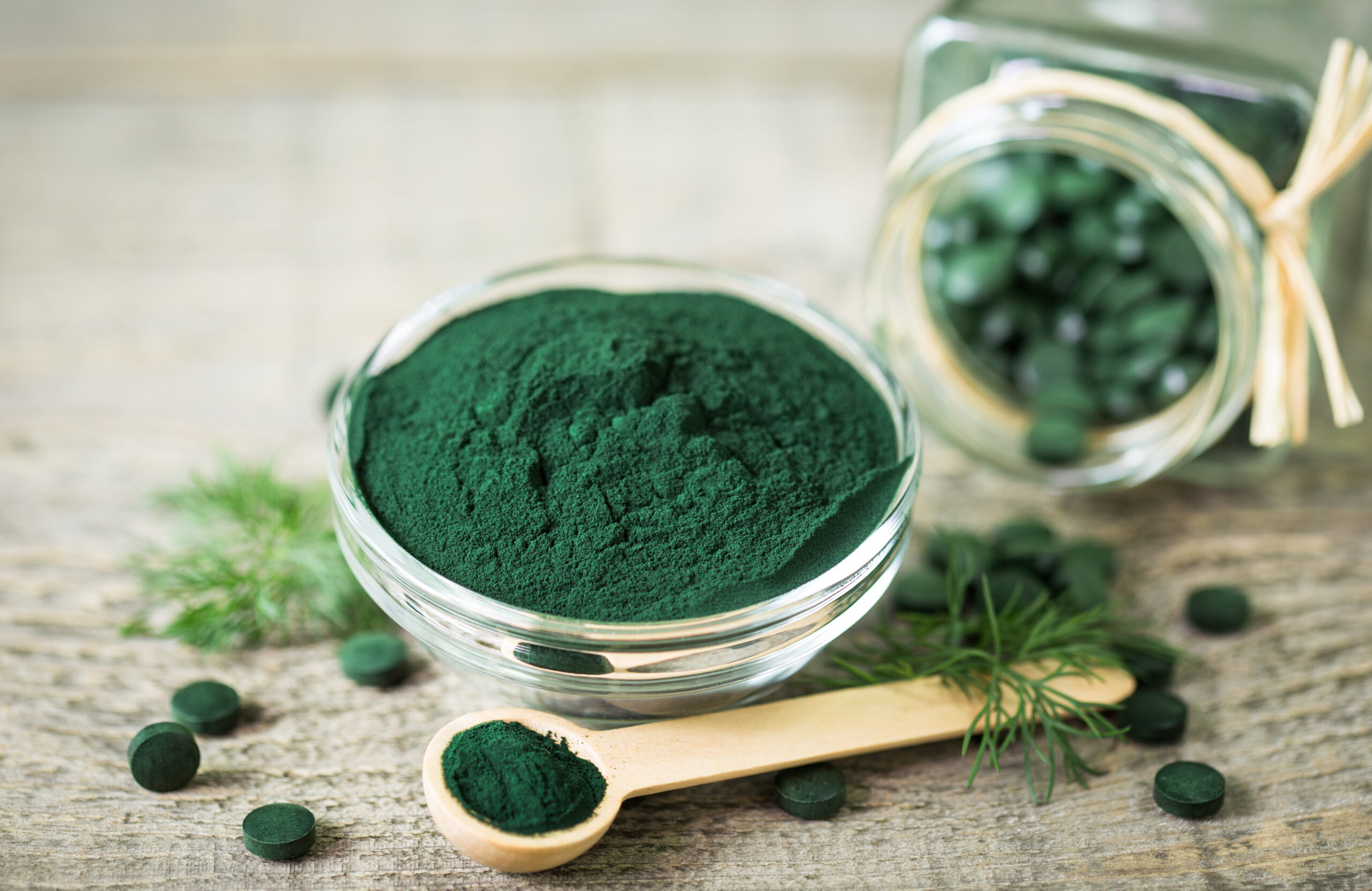
Spirulina is often touted as a complete protein and rich in vitamins and minerals. While it does contain protein, it’s in such small amounts that you’d need to consume a significant quantity to meet your daily protein requirements. Additionally, spirulina’s nutrient content varies greatly depending on how and where it’s grown. Other plant-based protein sources, like legumes and quinoa, offer more practical benefits in a standard diet. Spirulina may have some benefits, but it’s not a game-changer for most.
Avocado
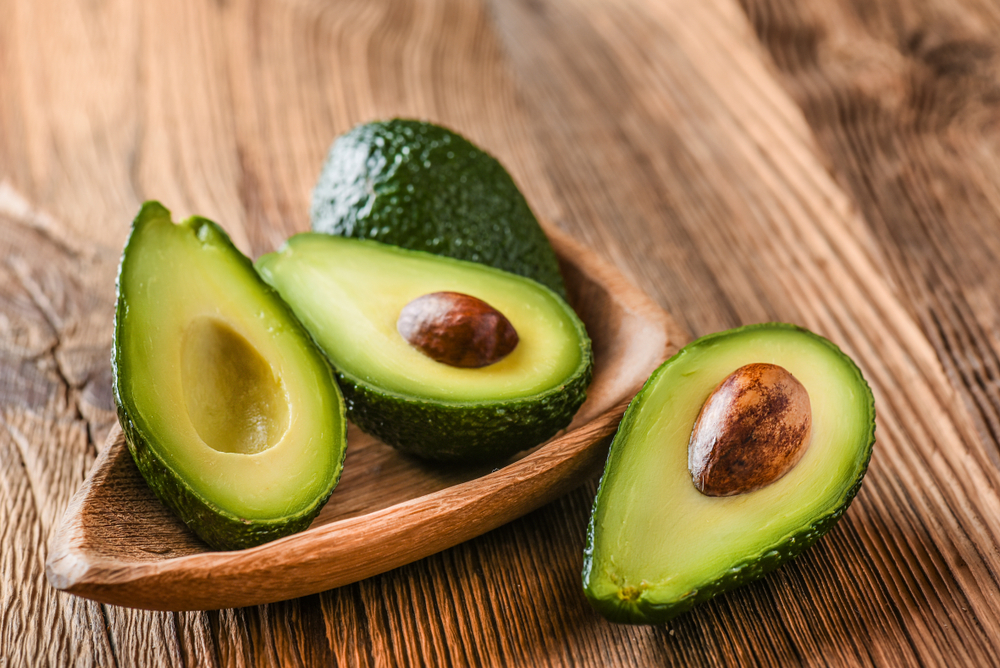
Avocado is beloved for its healthy fats and versatility, but it’s not as nutrient-dense as some other fruits and vegetables. While it provides monounsaturated fats, these are also found in olive oil, which can be consumed in smaller quantities for similar benefits. Avocado is also calorie-dense, and overeating it can lead to weight gain. You can get similar nutritional benefits from a diet rich in a variety of fruits, vegetables, and healthy fats. It’s still a healthy choice but should be enjoyed in moderation.
Pomegranate
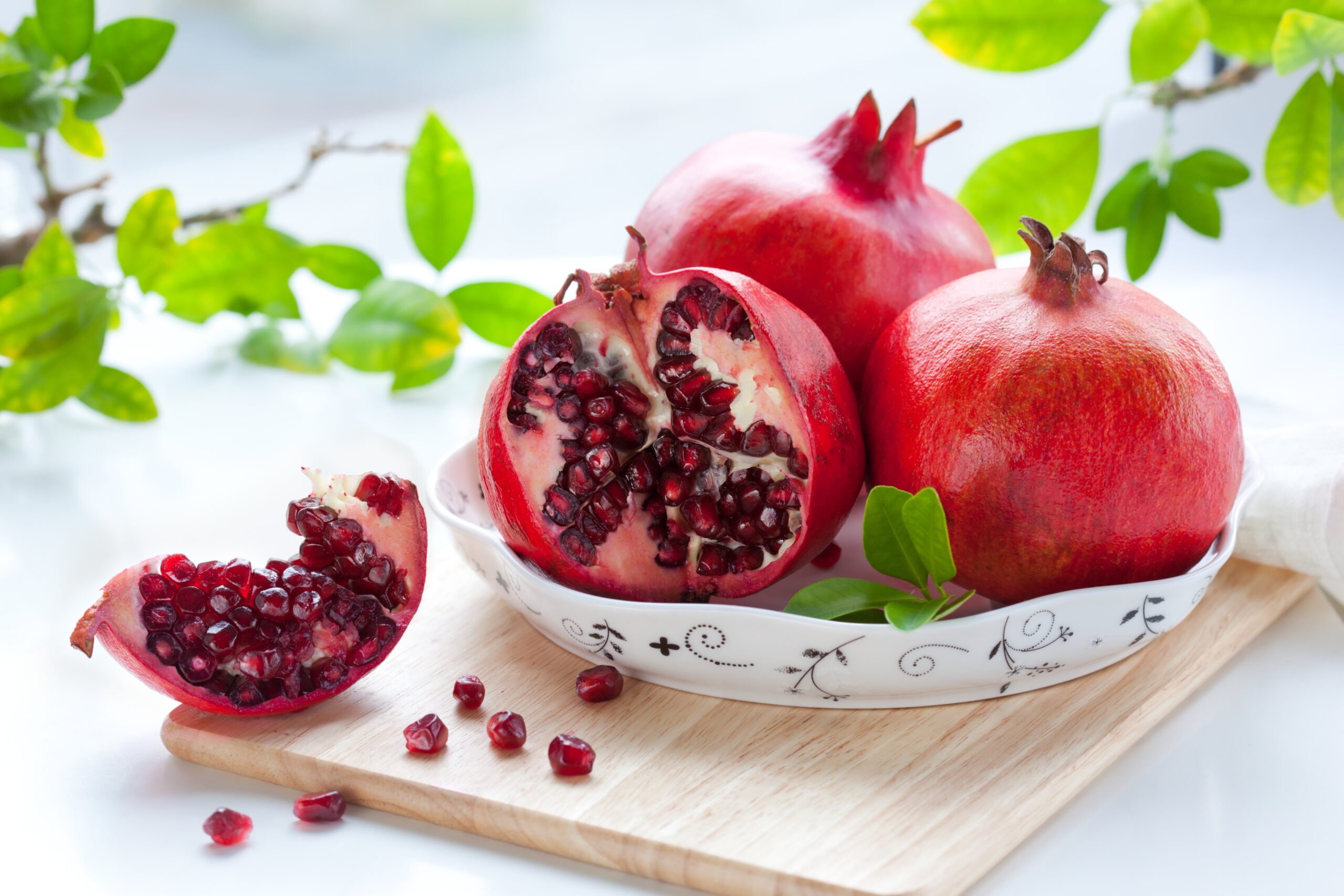
Pomegranate is often marketed as an antioxidant powerhouse. However, like many fruits, its antioxidant content decreases once it’s processed into juice or other products. The fresh fruit itself is nutritious, but its sugar content is higher than other antioxidant-rich fruits like berries or citrus. For those looking for a daily antioxidant boost, blueberries, oranges, or grapes may provide similar or greater benefits without the extra sugar. Pomegranate is healthy but doesn’t stand out as significantly as marketing suggests.
Acorn Squash
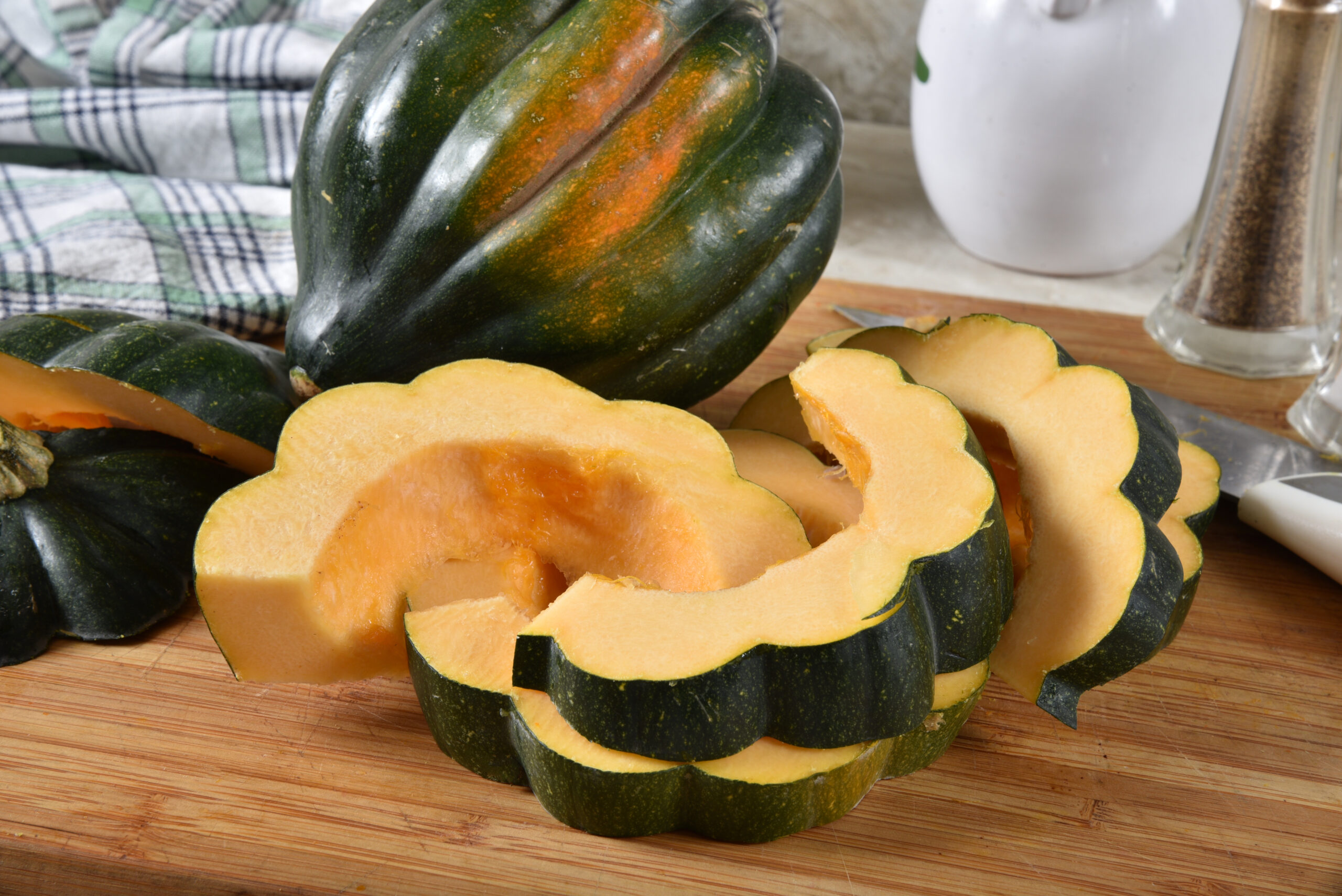
Acorn squash is often seen as a nutrient-rich winter vegetable, but it’s not as packed with vitamins and minerals as other vegetables. Compared to butternut squash or sweet potatoes, acorn squash has lower levels of beta-carotene and vitamin A. While it’s still a healthy choice, other vegetables can offer more nutrient density for the same calorie count. Roasting a variety of squashes can help balance nutrient intake and add more diversity to your diet.
Turmeric
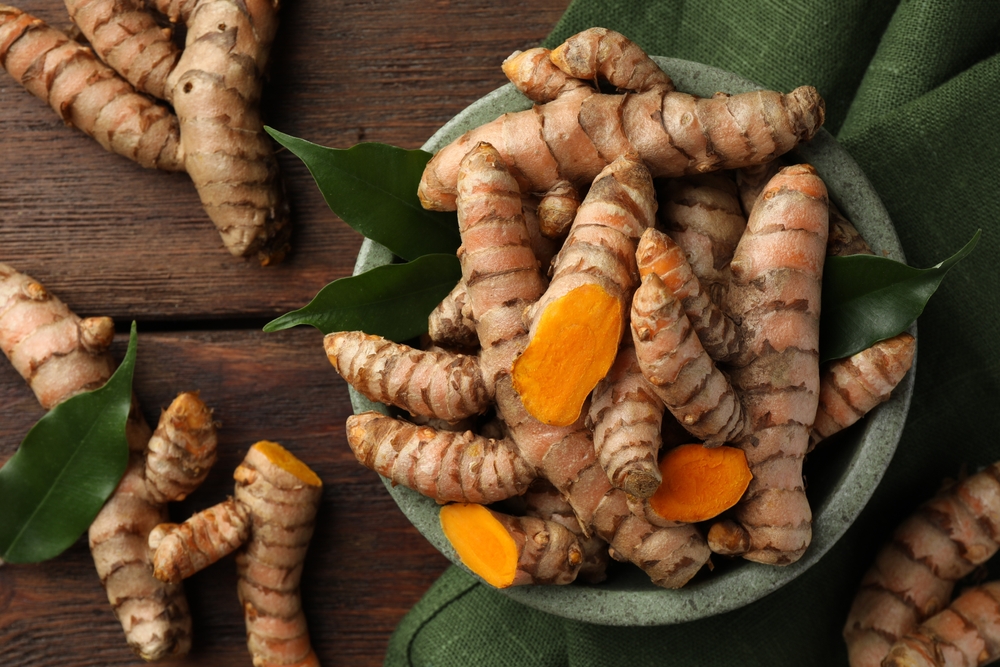
Turmeric has gained popularity as an anti-inflammatory superfood, especially in supplements and powders. However, the body doesn’t absorb curcumin, its active ingredient, well on its own. You need to consume it with black pepper or fat to get any significant anti-inflammatory benefits. Additionally, many turmeric supplements don’t contain enough curcumin to make a meaningful difference. While turmeric can add flavor and color to dishes, its health benefits are often overstated.
Wheatgrass
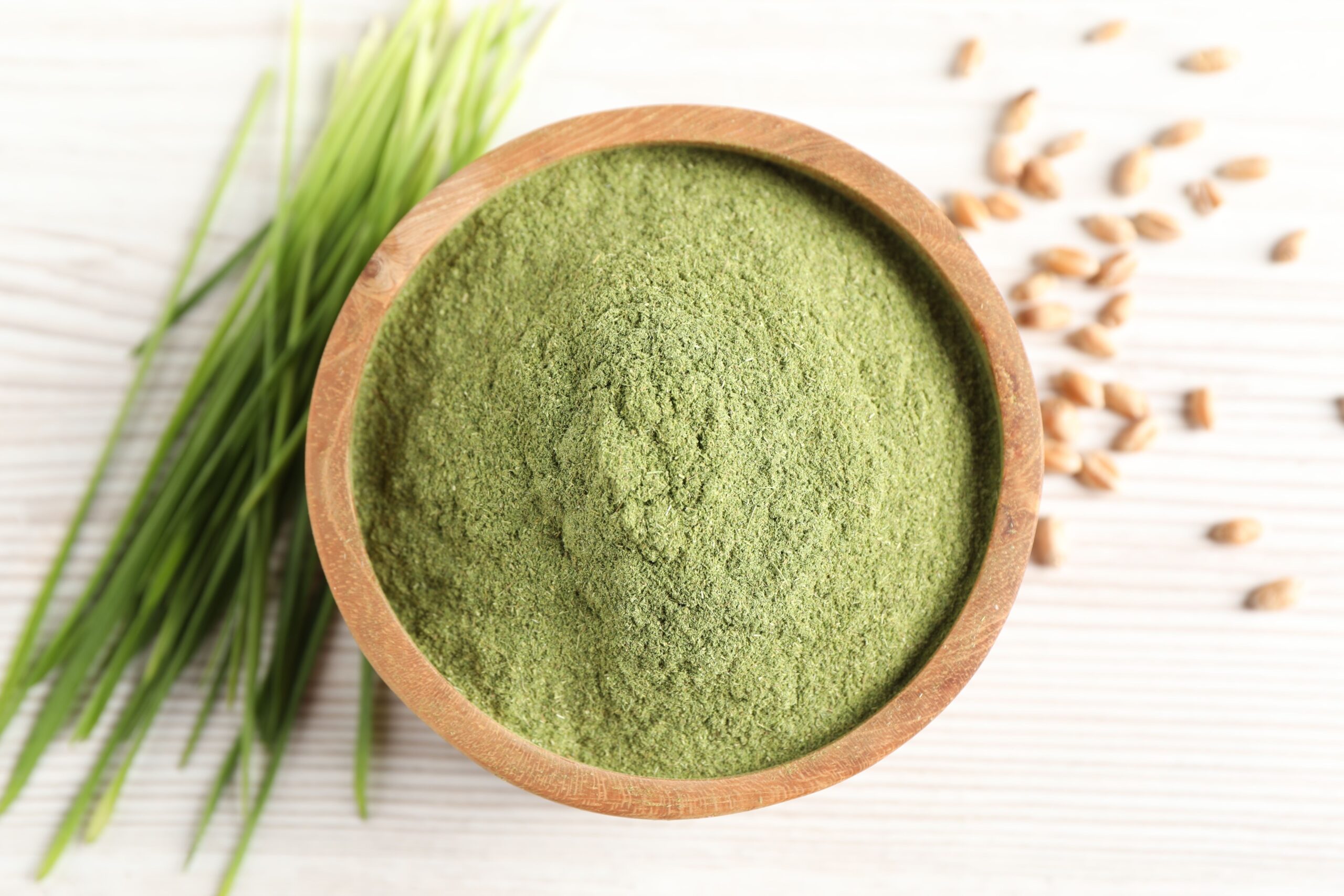
Wheatgrass is often promoted as a nutrient-dense superfood in the form of juice or powders. While it does contain some vitamins and minerals, it’s not significantly more nutritious than a large serving of green vegetables like spinach or kale. Wheatgrass is also low in calories, so you would need to consume large quantities to see any real benefit. A well-balanced diet with a variety of green vegetables will likely provide better overall nutrition. Wheatgrass is fine in moderation but not essential.
Blue Corn
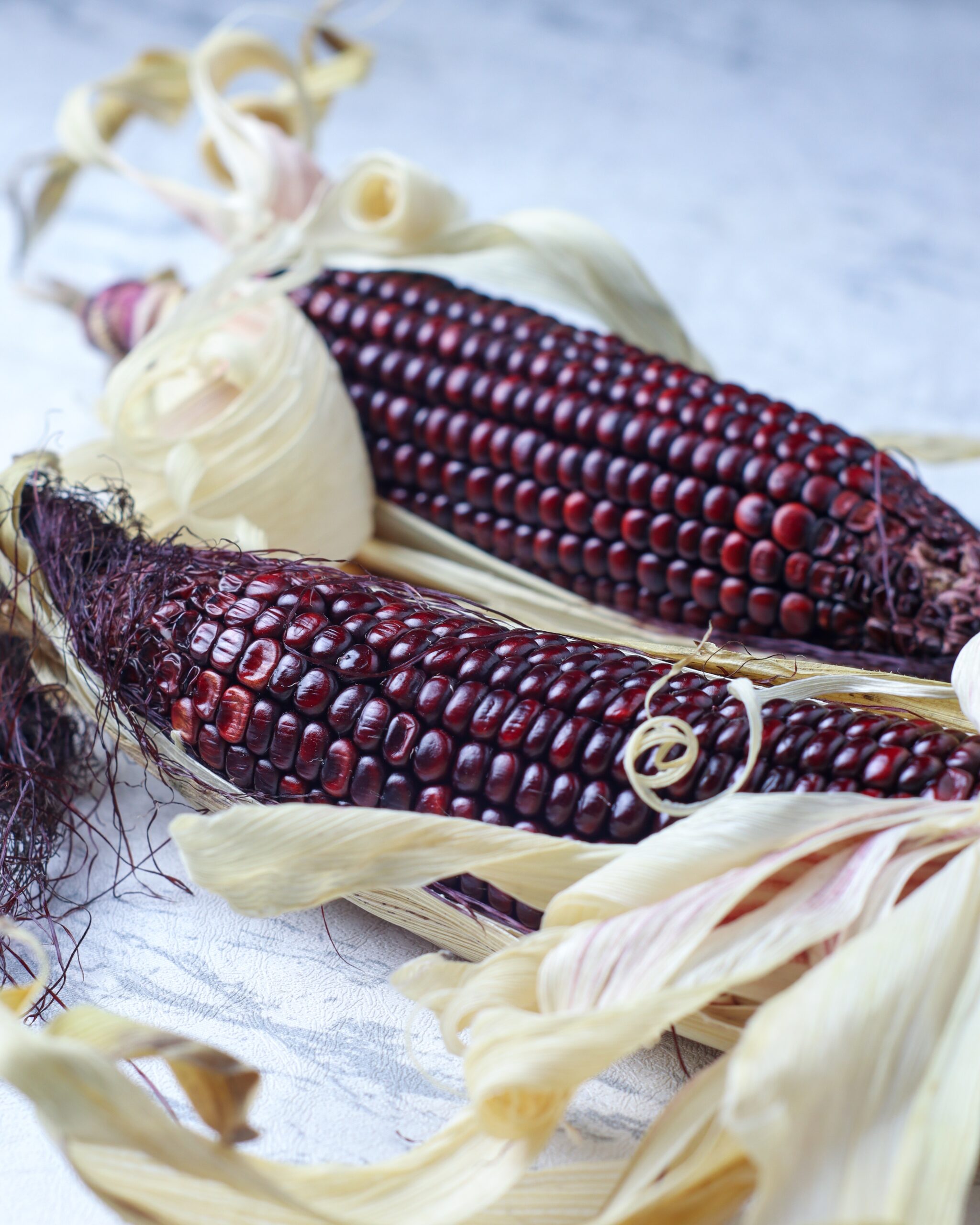
Blue corn is marketed as a healthier alternative to regular corn because of its higher antioxidant levels. While it does contain more antioxidants, its overall nutritional difference from yellow corn is minimal. The higher antioxidant levels don’t outweigh the fact that both types of corn are high in carbohydrates and relatively low in other nutrients. For a more nutrient-dense grain option, consider quinoa or farro. Blue corn may be slightly healthier, but it’s not a significant upgrade from yellow corn.
This article originally appeared on RetailShout.
More From RetailShout
14 Creative and Healthy Lunches Your Kids Will Look Forward To
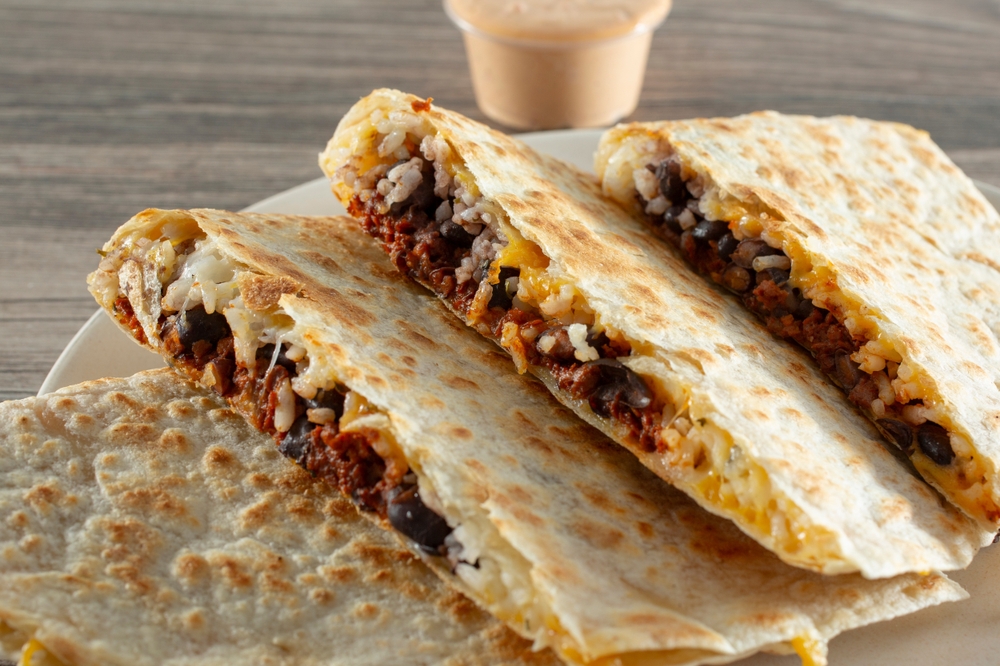
Making sure your kids have healthy lunches is important for their growth and energy throughout the day. Here are 15 great options that are not only nutritious but also delicious and easy to prepare. Read More.
15 Trader Joe’s Pasta Recipes That Feel Fancy But Are Easy to Make
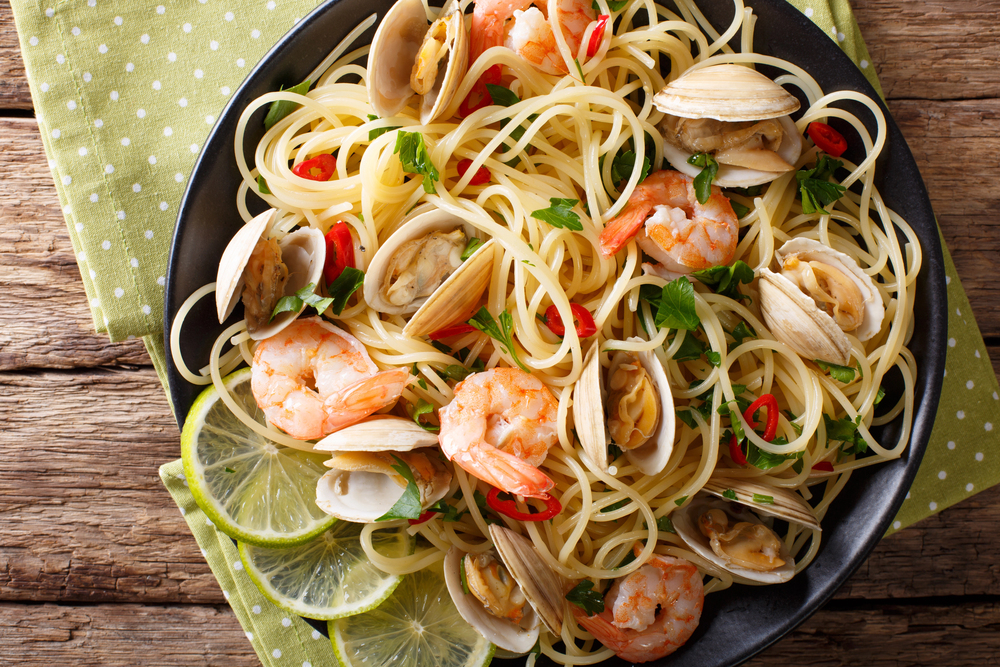
Feeling fancy doesn’t have to mean spending hours in the kitchen. Trader Joe’s offers an array of pasta options that, with a few simple tweaks, can turn into elegant meals. Read More.
15 Superfood Powders to Add to Your Smoothies
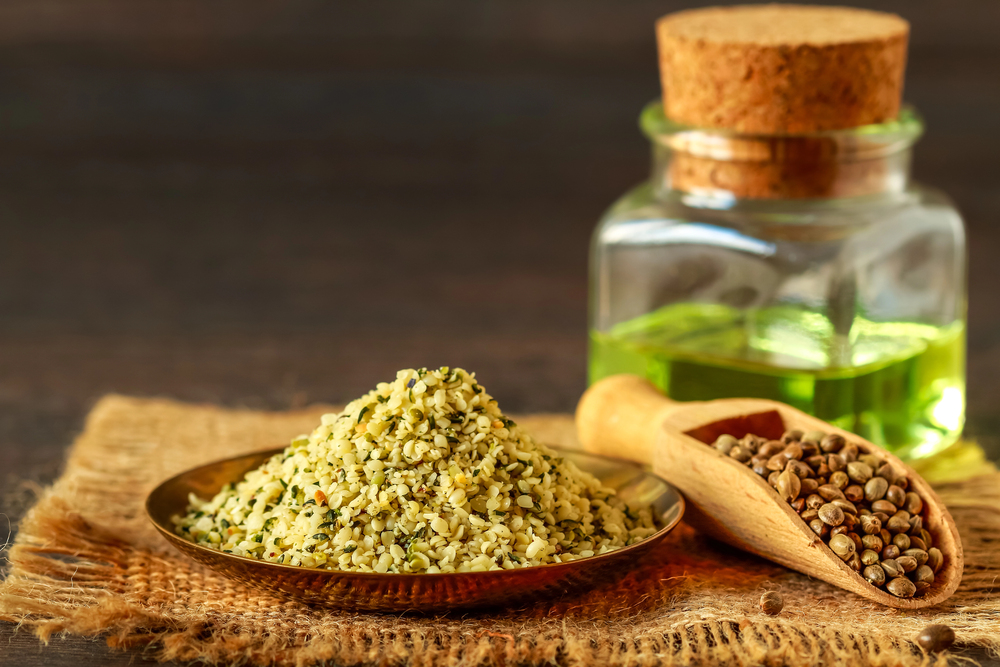
Adding superfood powders to your smoothies is an easy way to boost their nutrition without much effort. These nutrient-dense powders pack a punch, offering everything from antioxidants to vitamins and minerals. Read More.


